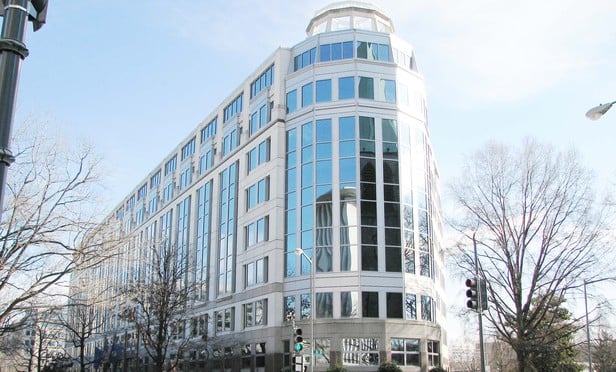In typical district court patent litigation, patent owners have greater leverage throughout the litigation. They enjoy permissive discovery standards, extensive motion practice, extended timelines and low invalidity rates. Patent owners have generally used this leverage to drive dispute resolution in their favor. To counteract this leverage, the U.S. Patent and Trademark Office’s inter partes review (IPR) and covered business method review (CBM) proceedings are widely used by accused infringers to alter the traditional leverage between the parties.
Petitioners in IPRs often perceive it likely that they will succeed in cancelling asserted claims. Early statistics indicate a high institution rate and a high rate of final decisions resulting in all, or substantially all, challenged claims being cancelled. Based on this landscape, petitioners are likely commanding settlements that tend to be a fraction of a patent owner’s original settlement demands. Moreover, the co-pending district court actions often are stayed pending decisions in the IPR, shifting leverage more completely in favor of the accused infringer/petitioner. Chart 1 below details the shift in leverage during an IPR, with leverage shifts occurring at the IPR petition filing, the institution decision and the final decision.







